Contest is now closed. We will announce the winners in a few weeks. Thanks for all the interest!
Tuttle Publishing and JP have joined forces to make you work! Just kidding. Have you ever wanted to write or illustrate your own Japanese fairy tale? Now’s your chance. Before I get into the rules, lets talk about what you really care about: the prizes:
First and Second-First Place
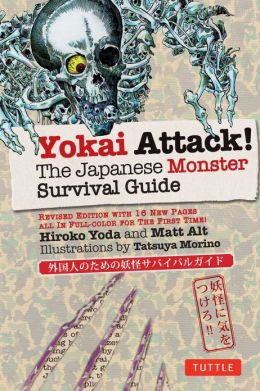
You also win Yokai Attack! The Japanese Monster Survival Guide from Tuttle Publishing. It’s a cool book and a necessity if you ever want to survive a trip to Japan. You can read Andrew’s review here. You can also find Yokai Attack! on Amazon.
Contest Rules
Create your own version of a Japanese fairy tale or ghost story or retell an existing one. I provides links to several Japanese tales below to give you some inspiration. You can write your tale or illustrate a short manga. If you retell an existing story, do not just copy it and make a few changes. I want to see your imagination. You can leave the tales in old Japan or retell it for today’s audience. Let your imagination go! You can also take Japanese yokai and make your own story using them.
Winners will be contact via email. Winners will be asked to send us their mailing address so Tuttle Publishing may send the prizes. We will not sell, give out, or otherwise abuse your email address. Spam is freaking annoying, and I will not be a part of that!
Be sure to subscribe to JP and/or like our Facebook page to keep up with contest news and see who wins.
Judging Criteria
We will determine the winner based on the quality of writing and the uniqueness of the story. Quality writing has good grammar, punctuation, and spelling. The story needs to feel like a Japanese fairy tale and show your imagination. Manga submissions will be judged with the same criteria as prose. Your drawing quality (note, quality means the best you can do) is the same as having good grammar, punctuation, and spelling. You do not have to be a professional writer or artist to be considered. Just do your best!
How long does the story needs to be? As long as it needs to be to tell a complete story. Look at the folk tales I link below. The length varies quite a bit.
Deadline
Only submissions received before July 8th will be considered. Email your submissions to webmaster [at] japanpowered.com with the subject line “Contest.”
Copyright Concerns
You own your work. By entering your work into this contest, you only give me to right to publish said work on JP for everyone to enjoy. Again, the work belongs to you, and you can do whatever you want with it.
Questions
If you have questions about the contest, post them in the comment section of this article. I will answer your questions there so other people with the same questions can benefit.
Fairy Tales to get your Mental Gears Moving.
These translated Japanese fairy tales are not the only ones you can use if you want to write a retelling. Check out our collection of tales, ghost stories, and urban legends for more ideas.
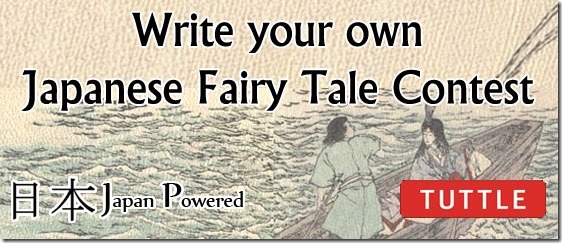
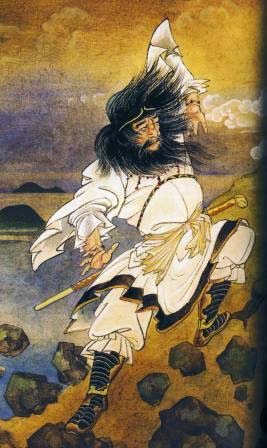

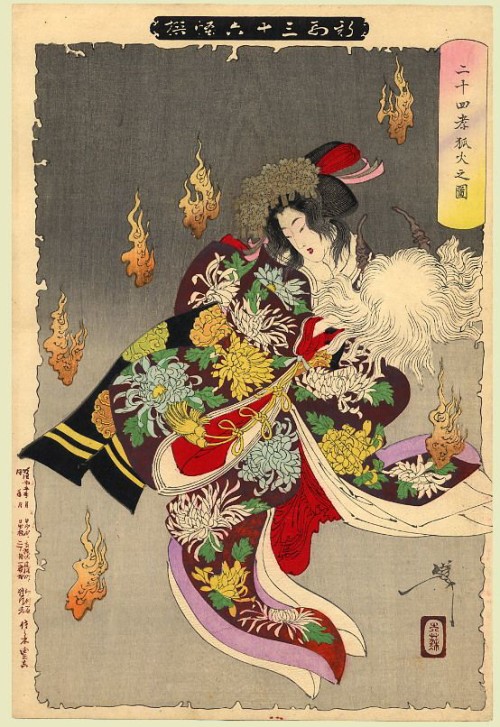
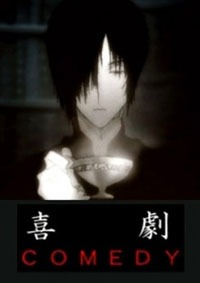
Dear Chris
Thank you very much indeed. One other question that just occurred to me, regarding photographs – is it necessary that any photographs I send be taken in Japan? Or are photographs taken under these circumstances also acceptable?:
1) photographs of Japanese culture abroad (eg, Japanese gardens and restaurants in other countries)
2) photographs taken in other parts of Northeast Asia (Korea, China)?
Best wishes,
Er-Win
I am okay with photographs being of Japanese culture abroad. I’ve used these types of photos for my articles. Photographs from Northeast Asia will be fine as long as the story supports it (for example, the story of Tamamo-no-mae has scenes in India and China), or the photo is a general landscape photo. We don’t want to confuse the very different cultures of China, Korea, and Japan.
Dear Sir / Madam
My name is Er-Win Tan, I am definitely interested in submitting something forthe Japanese Fairy Tale Contest. May I ask if:
1) there is a word limit to manuscripts? If so, how long should it be?
2) should the manuscript be organised into chapters?
3) can photographs of Japan be photoshopped or altered to accompany the manuscript? If so, are there any restrictions on the photographs in question? (eg, size of file etc).
Hope to hear from you.
Sincerely,
Er-Win Tan
Excellent Questions!
1) Is a word limit to manuscripts? If so, how long should it be?
Many of the most charming Japanese folk stories I’ve read are just a few paragraphs. Many classic tales are much longer. A good story is a long as it needs to be. That said, I would suggest a maximum word limit of 3,500 words. Between 1500-2500 words is the typical length of a folk story, however. I am looking for quality stories that have the patterns and feel of traditional folk tales. Remember, folk tales were originally passed down as oral stories, so few are going to be extremely long.
2) should the manuscript be organised into chapters?
Scene breaks (a few spaces between two different scenes or a centered symbol such as *** or —) are enough. Traditional folk tales do not typically have chapters. Scene breaks are also a modern literary tool, but they help readability.
3) Can photographs of Japan be photoshopped or altered to accompany the manuscript? If so, are there any restrictions on the photographs in question? (eg, size of file etc).
Yes, photos may be included but with a few restrictions. If you use someone else’s Flickr photo, for example, you need to include a source. Your own photos are fine. Public domain images are best. Public domain images are images well over 75 years old or released under Creative Commons licenses. Check out my article on copyright considerations for more information. Because this is original content and not a review, satire, or other content that falls under Fair Use law, photos need to be handled differently.
I will work with the winners to select appropriate images if the folk tale lacks them.
I hope this answers your questions!